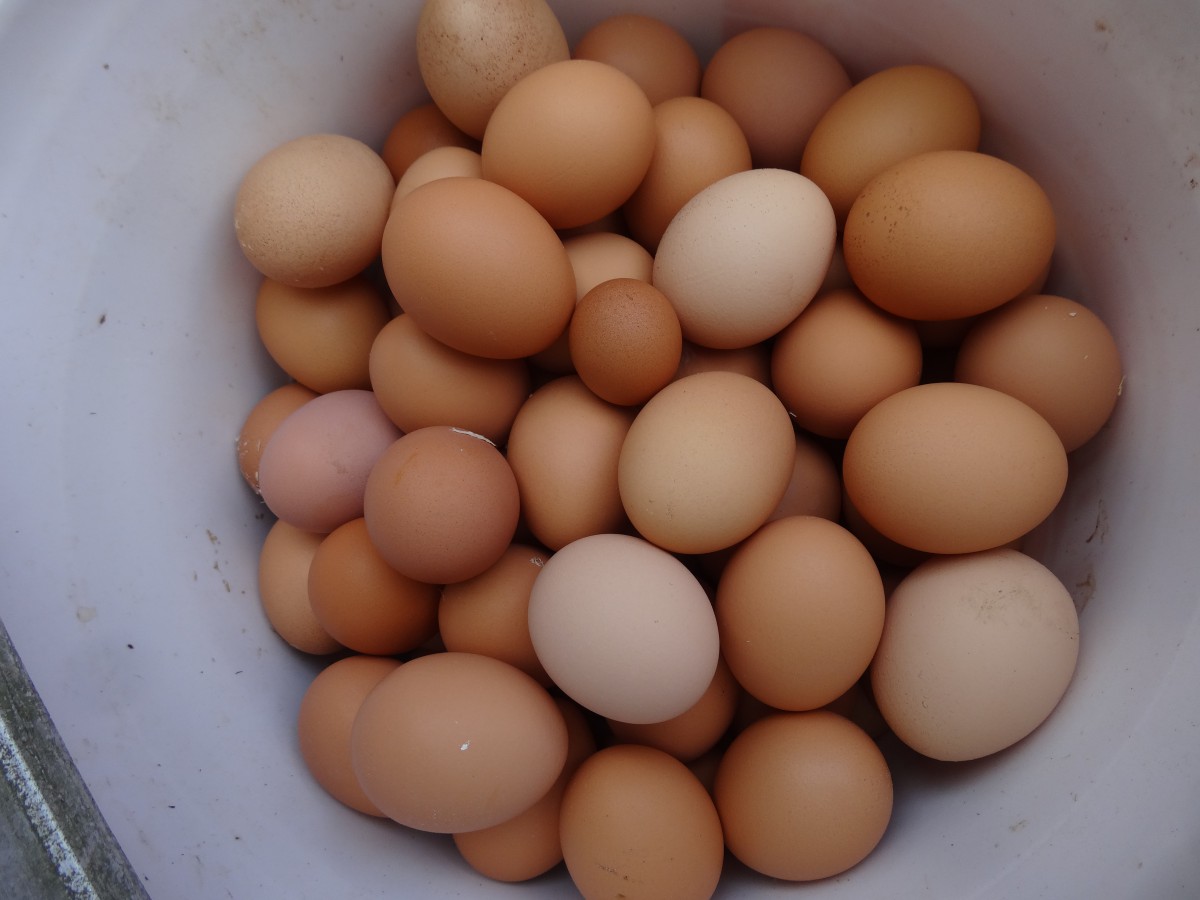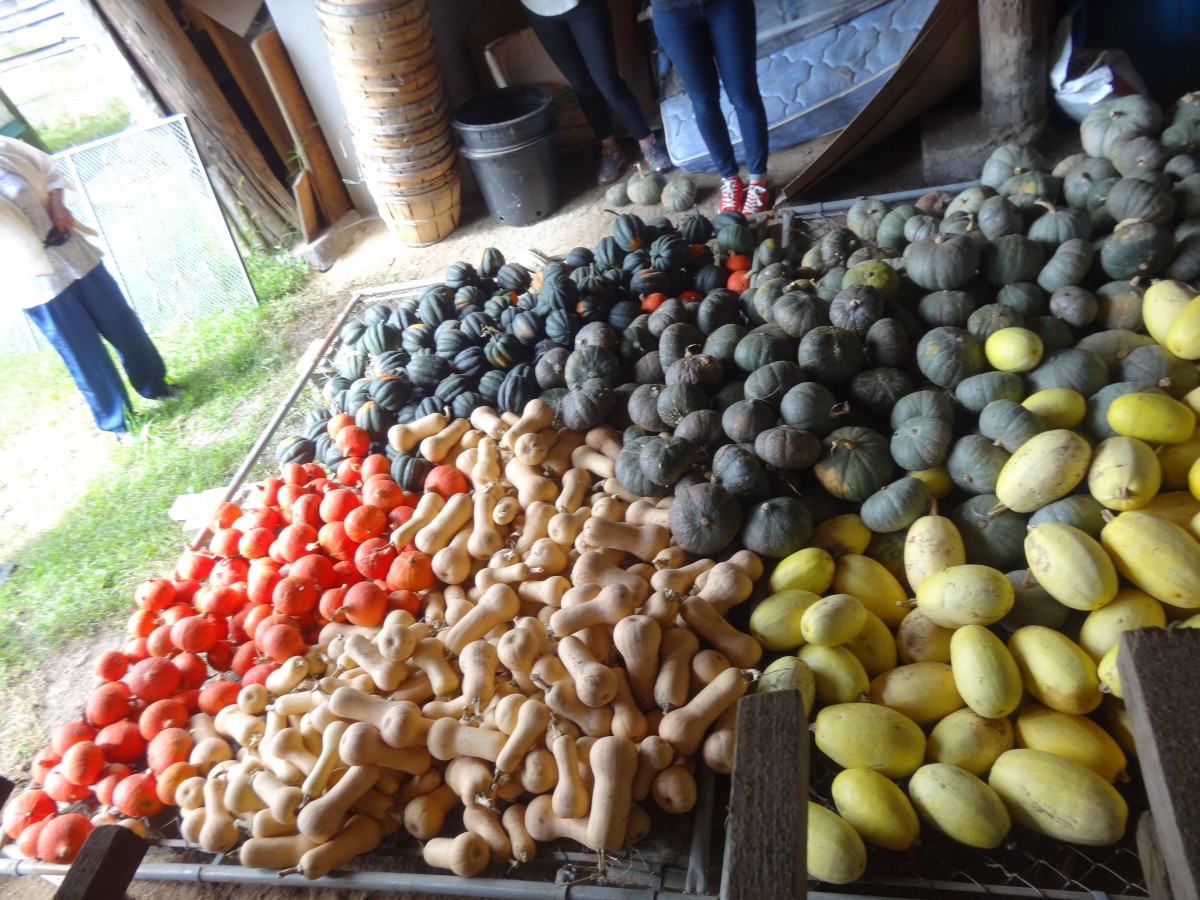
Tag Archives: organic
Urban Gardening on the Third Floor
Big Meat: The indie butcher business grows up – Quartz
Big Meat: The indie butcher business grows up – Quartz.
It turns out the challenge facing the meat business doesn’t come from the consumer side. Americans like meat. They didn’t need a primal food craze to convince them of that. But in places where the animals don’t come with a provenance, the butchery trade doesn’t attract new entrants because the labor economics just plain suck.
Meet Will Allen, The Urban Farmer Starting His Own Revolution
Here’s another example of the changing landscape in food production, distribution and development.
Consumer Reports taking a definitive stance on some important food issues
Check out their Greener Choices website:






